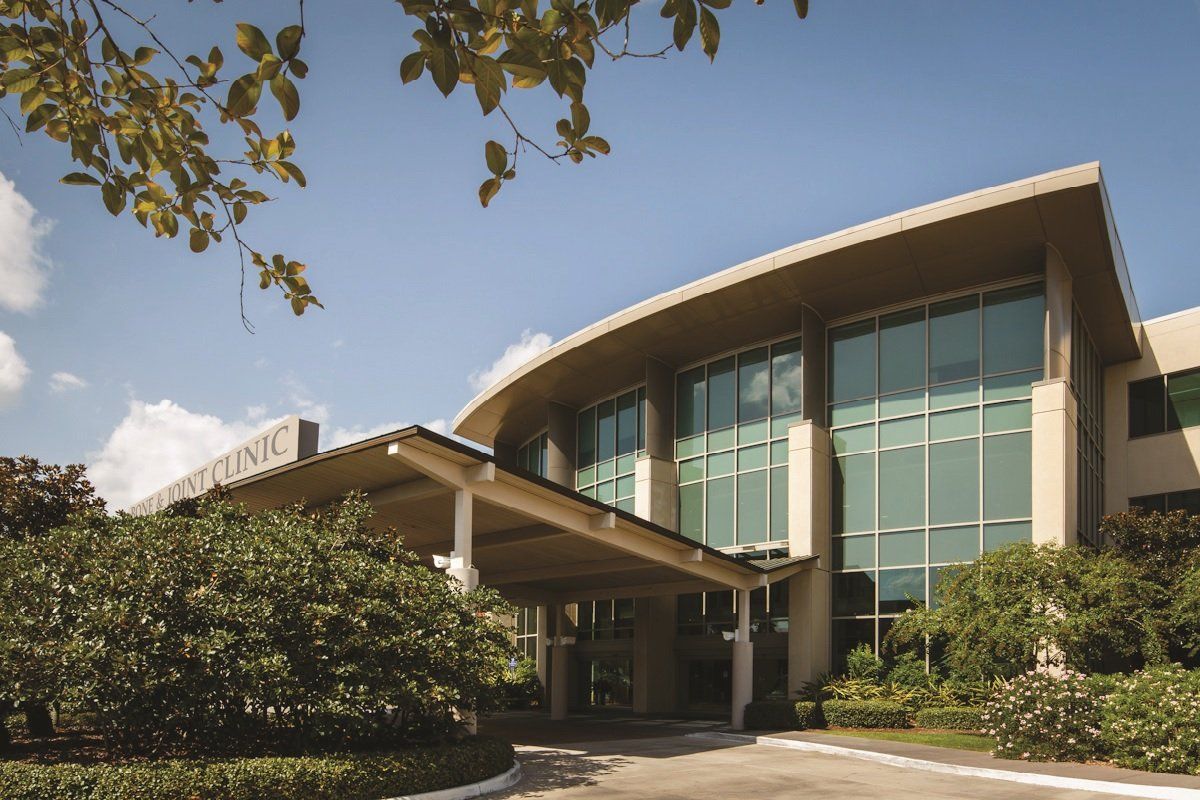TRIGGER FINGER TREATMENT IN BATON ROUGE
What is Trigger Finger?
Trigger finger is an inflammatory condition that commonly affects everyday use of the fingers. This condition, known as stenosing tenosynovitis, causes fingers to become painful and lock. Affected digits may snap when flexed or get stuck in a bent position. In some patients, a small bump can be felt at the base of the affected digit.
Causes of Trigger Finger
Inflammation of the tendons that control finger motions reduces available space within the sheath that holds these structures. The condition is usually a result of repetitive stress on the tendon. Repeated, forceful use of the digit irritates the tendons and cause them to swell. This irritation and swelling results in the popping, locking, and tenderness associated with trigger finger.
Activities that require strong, repeated hand motions put people at risk of developing this condition. Things like typing, using a gaming controller, texting, and knitting put prolonged and repeated stress on the hand and encourage inflammation.
Trigger finger patients generally fit into these categories.
- Women between the ages of 40 and 60.
- Professional musicians, office workers, and others whose job functions include repeated finger and thumb movements.
- Comorbid conditions like gout, diabetes, and rheumatoid arthritis.
Patients who have recently undergone surgery to correct carpal tunnel syndrome may develop trigger finger. This development may occur within the first six months after surgery.
Anyone can develop trigger finger. Doctors use a combination of physical examinations and x-ray imaging to confirm the diagnoses.
Treatments for Trigger Finger
Treatment for trigger finger depends on the severity of the symptoms. For milder cases, resting the hand allows the inflammation to subside. The use of NSAIDs and other anti-inflammatory drugs supports this process and relieves any irritation.
Self-treatment options allow sufferers to reduce pain and stiffness.
- Elevating the limb allows excess fluids to drain from the joints and unnaturally reduce inflammation.
- Many sufferers report increased stiffness in the morning. Using a splint at night lets the tendon rest and improves morning flexibility.
- Regular exercise supports healthy circulation, which is a good defense against inflammation.
For more severe cases, a brace is used to immobilize the finger. These devices also help those who can't rest due to job demands by providing extra support to stressed joints. Some workers use padded gloves to reduce the strain on affected digits.
In advanced cases, doctors inject corticosteroids directly into the affected joint. This injection decreases the inflammation and provides long-term relief from pain and stiffness with the possibility of a cure.
Exercise loosens and strengthens the muscles that support the hand and wrist to reduce symptoms effectively. In physical therapy sessions, patients learn ways to modify activities and reduce the impact of sore digits.
Early treatment gives sufferers the best chance at a quick and complete recovery.
MAKE AN APPOINTMENT WITH DR. GARON
A Board-Certified Orthopedic Surgeon at the Bone & Joint Clinic of Baton Rouge.
Working with a Trigger Finger Specialist
When other treatments fail to provide relief, doctors may suggest surgical options for dealing with trigger finger. There are two common types of procedures to correct this condition.
- With the help of an ultrasound machine, doctors use a needle to loosen the tendon physically. This short procedure, called a percutaneous release, is usually performed in-office.
- In open surgery, trigger finger specialists cut into the sheath surrounding the tendon. The tendon is accessed via an incision near the base of the finger.
After a surgical procedure, trigger finger specialists often recommend a combination of medication, physical therapy, and supportive devices to keep the limb relaxed during the healing process.
Trigger finger is a common repetitive stress injury. Activity modification and over-the-counter medications offer relief to a large portion of sufferers. However, some cases may require more direct interventions like physical therapy or even surgery. Speak with a trigger finger specialist for more information about this condition.




